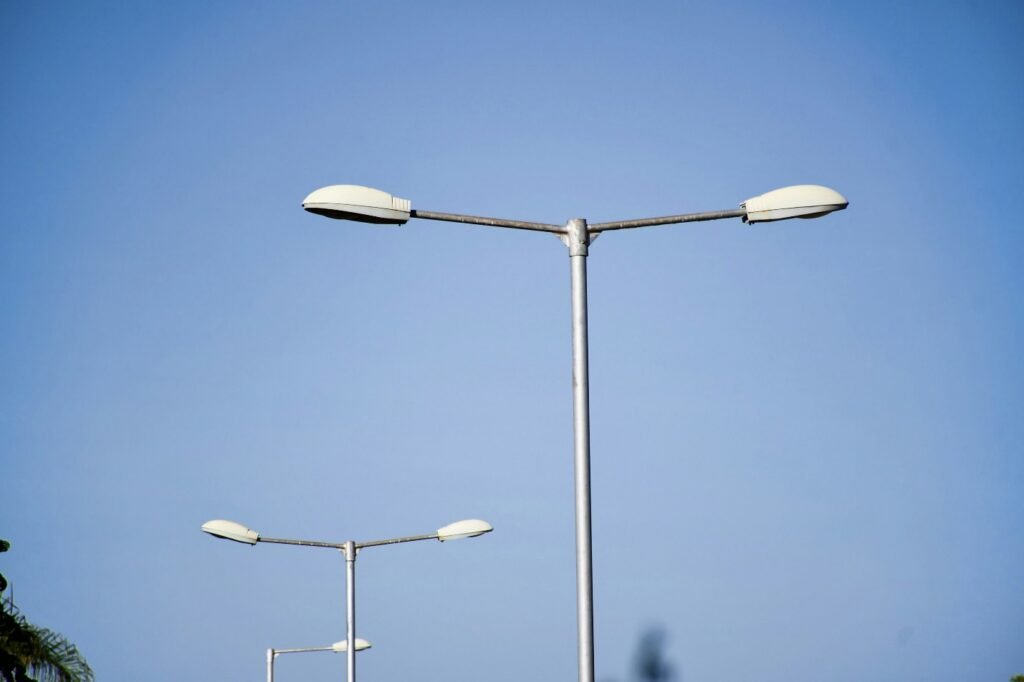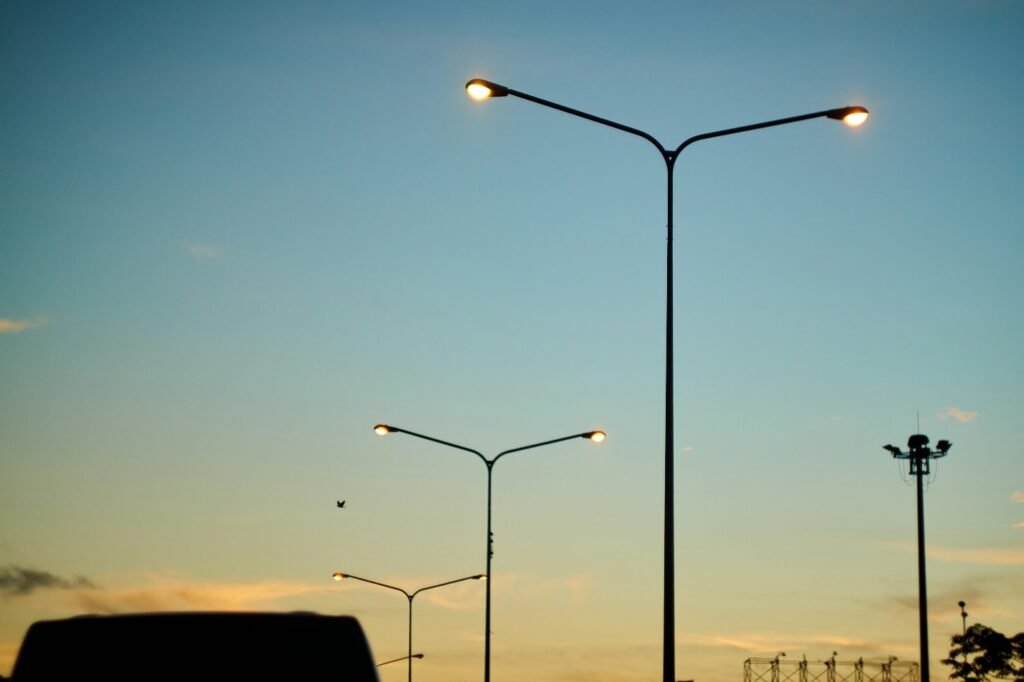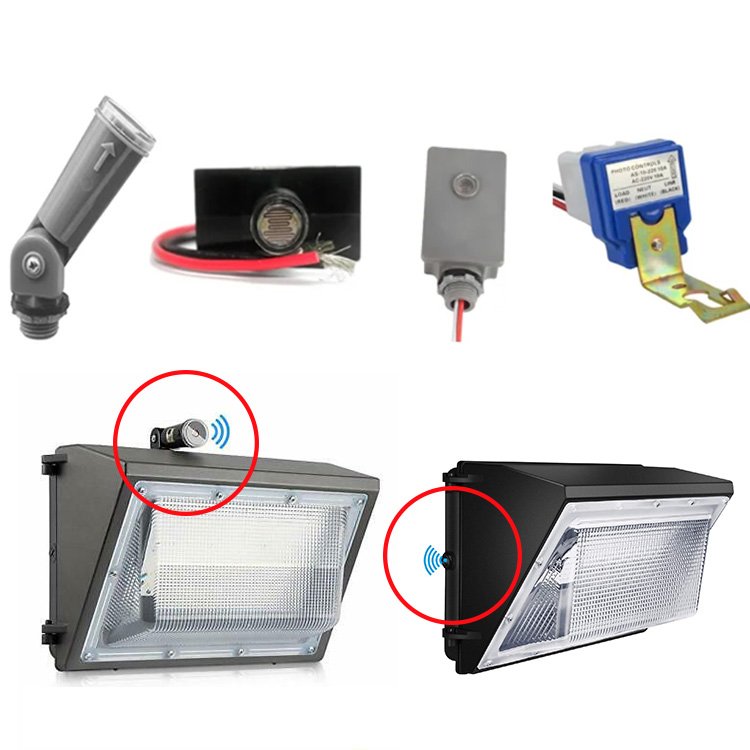Is your outdoor light turning on at the wrong time, staying off when it’s dark, or flickering unpredictably? If so, your dusk-to-dawn photocell sensor may not be functioning correctly or at all.
Before replacing the sensor or fixture, it’s efficient testing it first, With a few tools and a step-by-step process you can find whether your outdoor lighting control system is working as intended or if the problem lies elsewhere.
In this complete guide from Lead-Top, a global leader in photocell sensor technology, we’ll show you how to safely and accurately test your light sensor whether it’s a wire-in or twist-lock type.
What You’ll Need to Test the Sensor
Before starting gather following items:
- A dark cloth, black tape, or cardboard (to simulate darkness)
- An optional multimeter or voltage tester (for deeper diagnostics)
- A ladder, if your sensor is mounted high
- A helper (optional but useful)
Testing a sensor is safe, and doesn’t require professional tools, all you need is bit of care and attention, Taking the time to perform a quick test can prevent long-term lighting issues, It also helps you confirm whether your sensor needs adjustment or replacement, Especially in large-scale outdoor applications, regular testing ensures reliable lighting performance.
Step-by-Step: How to Test a Dusk-to-Dawn Photocell
Let’s walk through the full testing process, Whether you’re troubleshooting a residential fixture or LED pole light on a commercial lot, this guide applies to most sensor types.
This guide will help you identify if the sensor is functioning right, Testing regularly ensures your lighting system operates efficiently without unnecessary downtime or energy waste.
Power ON the Fixture
Before testing, ensure the circuit breaker and light fixture switch are turned on.
Power is required for the sensor to respond to changes in light levels. If the fixture is powered off, the sensor won’t activate regardless of conditions.
Daylight Check
Observe your light in normal daylight conditions:
- If the sensor is functioning right, the light should remain off
- If the light is on during the day, the photocell might be:
- Damaged or dirty
- Incorrectly oriented (facing a shaded area or the ground)
- Affected by artificial shadows
In such cases cleaning or repositioning the sensor may solve the issue without any replacement.

Simulate Darkness
To mimic darkness:
- Cover the sensor with your dark cloth or opaque tape.
- Wait 10–30 seconds, depending on the sensor’s built-in delay seconds.
- If working correctly, the light should turn on.
This simple trick works for most integrated sensors, including Lead-Top’s LT134 and LT154, which have pre-programmed delay features to prevent false triggering.

Simulate Daylight
Now, uncover the sensor and allow light to hit it directly:
- After a few seconds based on its delay setting, the light should turn off.
- If the light stays on, sensor may be stuck in ON mode or experiencing internal failure
This is a quick way to confirm if your automatic light sensor is responding accurately to changes in surrounding light.
Use a Multimeter (for Wire-In Models Like LT210)
For advanced users or technicians testing wire-in photocells:
- Disconnect the load wire (usually red)
- Set your multimeter to continuity or resistance mode
- Test between the red (load) and white (neutral) wires:
| Lighting Condition | Expected Reading |
| Simulated Night | Closed Circuit (ON) |
| Simulated Day | Open Circuit (OFF) |
If readings don’t change as expected, the sensor relay may be defective.
Lead-Top Testing Advantages
When it comes to performance, Lead-Top photocell sensors are engineered to be easy to test, install, and trust. Each model features precise lux calibration and robust internal components designed to eliminate false positives, flickering, or delayed response.
| Model | Type | Voltage | Features |
| LT134 | Twist-lock | 120–277V | Pre-calibrated lux, zero-crossing, 8A LED, IP66 |
| LT154 | Heavy-duty | 120–277V | 20kV surge protection, Fail Mode ON, programmable delay, anti-flicker design |
| LT210 | Wire-in | 120–277V | Compact thermal relay, 1000–2000W LED rating, fast switching |
Additional Advantages of Lead-Top Sensors
- Pre-set sensitivity: All sensors are factory-calibrated to 10–16 Lux ON / 50–65 Lux OFF
- Built-in delay logic: 3–10 second response time avoids flickering from momentary shadows
- Fail-Safe ON Mode: Keeps lights ON if sensor ever fails
- IP66/IP67 sealed: Designed for rugged environments
- LED compatibility: Supports modern LED driver loads with high inrush tolerance
Common Issues You Can Identify with Testing
Proper testing helps you diagnose the following problems:
| Issue | Likely Cause | Solution |
| Light stays ON in daylight | Dirty or misoriented sensor | Clean or reposition |
| Light stays OFF at night | Sensor facing artificial light or defective relay | Reposition or replace sensor |
| Light flickers at night | Intermittent power, low-quality sensor, or delay issue | Use delay-equipped sensor (e.g., LT154) |
| No change in multimeter | Relay or wiring issue | Inspect wiring or replace unit |
Testing photocells is especially important in locations where lighting is mission-critical:
- Street & highway lighting: Prevent blackouts or unintended daytime operation
- Parking lots & garages: Ensure safe visibility after dark
- Billboards & signage: Avoid wasted energy on always-on lighting
- Pathway & park lights: Enhance public safety
- Campus & facility lighting: Keep maintenance costs low with early issue detection
Why Choose Lead-Top Photocells
At Lead-Top, we don’t just provide parts, we deliver precision lighting control backed by:
- International certifications: UL, CE, CB, Zhaga Book 18
- Custom solutions: Voltage, lux range, logo, and housing with zero MOQ
- Fast delivery: 500–1000 units in 7 working days
- Lab testing: IP66/IP67, surge, salt spray, aging, UV, and thermal testing
Whether you’re a city contractor or facility manager, Lead-Top offers dusk-to-dawn control solutions that work straight out of the box and can be tested and maintained on site.
Testing your dusk-to-dawn light sensor doesn’t need special tools just a methodical approach and a few everyday items, Following this guide helps you confirm proper operation and decide whether to clean, adjust, or replace your sensor.
By using trusted models from Lead-Top you’re investing in a solution that’s accurate and easy to maintain making your outdoor lighting more energy-efficient.
References






